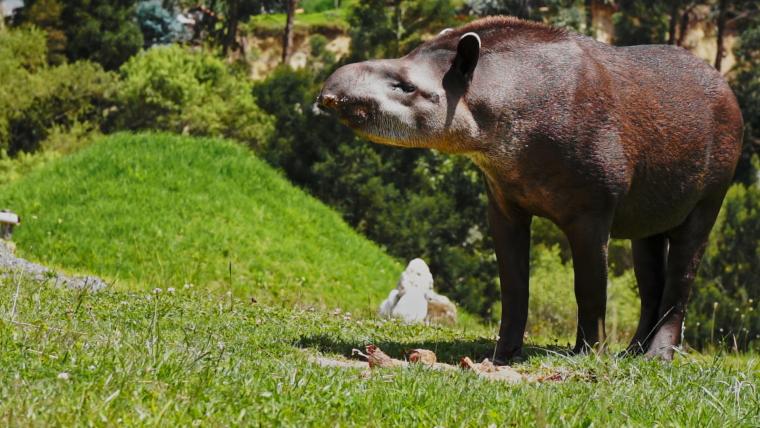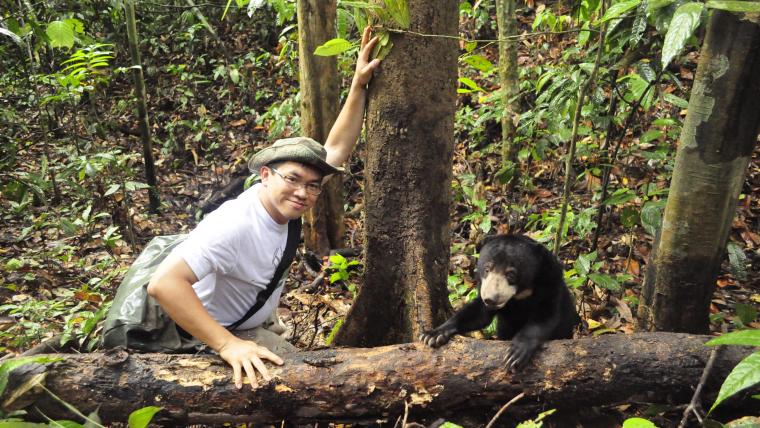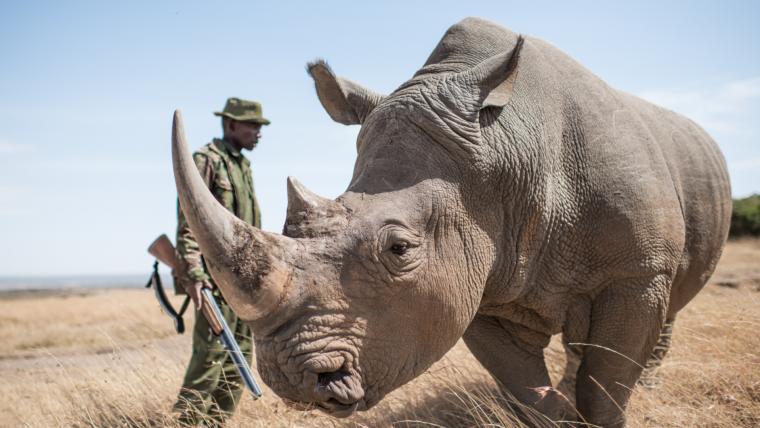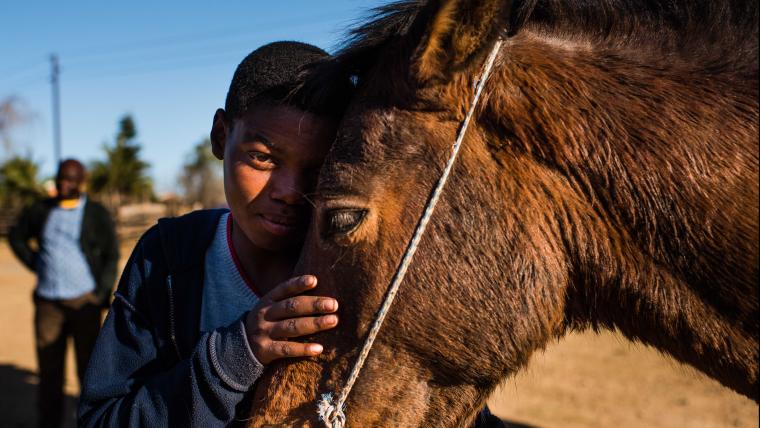The only way to combat deforestation is by planting more trees. Luckily, nature has provided its own gardeners, although not many people have heard of them. Living in the forests and grasslands of Asia and Central and South America, tapirs play a crucial role in protecting their environment. These herbivores have a built-in defence mechanism against tree loss – their dung.
Consuming up to 40 kilograms of vegetation a day, the tapir’s diet naturally includes seeds, leaves, and flowers. As a result, their dung is nutrient rich, and the perfect environment for the undigested seeds to sprout from. Tapirs disperse the seeds of over 100 species, from small shrubs to dense trees. These are essential in the fight against climate change as they absorb carbon from the atmosphere.
Urban development is encroaching on tapir habitats, and the animals themselves are hunted for their meat. Three of the four species of tapir are endangered, and one is vulnerable. In the wild, they are targeted by crocodiles and wild cats. Using the flehmen response, where they lift their noses and show their teeth, they are able to smell predators nearby. Tapirs also have powerful jaws that they use to attack immediate threats. But the animal will usually try to flee danger, or submerge themselves in water until it’s safe again.
Dating back 20 million years, tapirs are among the oldest species along with the rhinoceros and cassowary. While they’re capable of defending themselves, tapirs are essential guardians of their habitats. They do something we can all strive for – preserve the Earth like it’s second nature.
Footage by the Lowland Tapir Conservation Initiative was used in the creation of this film.






























